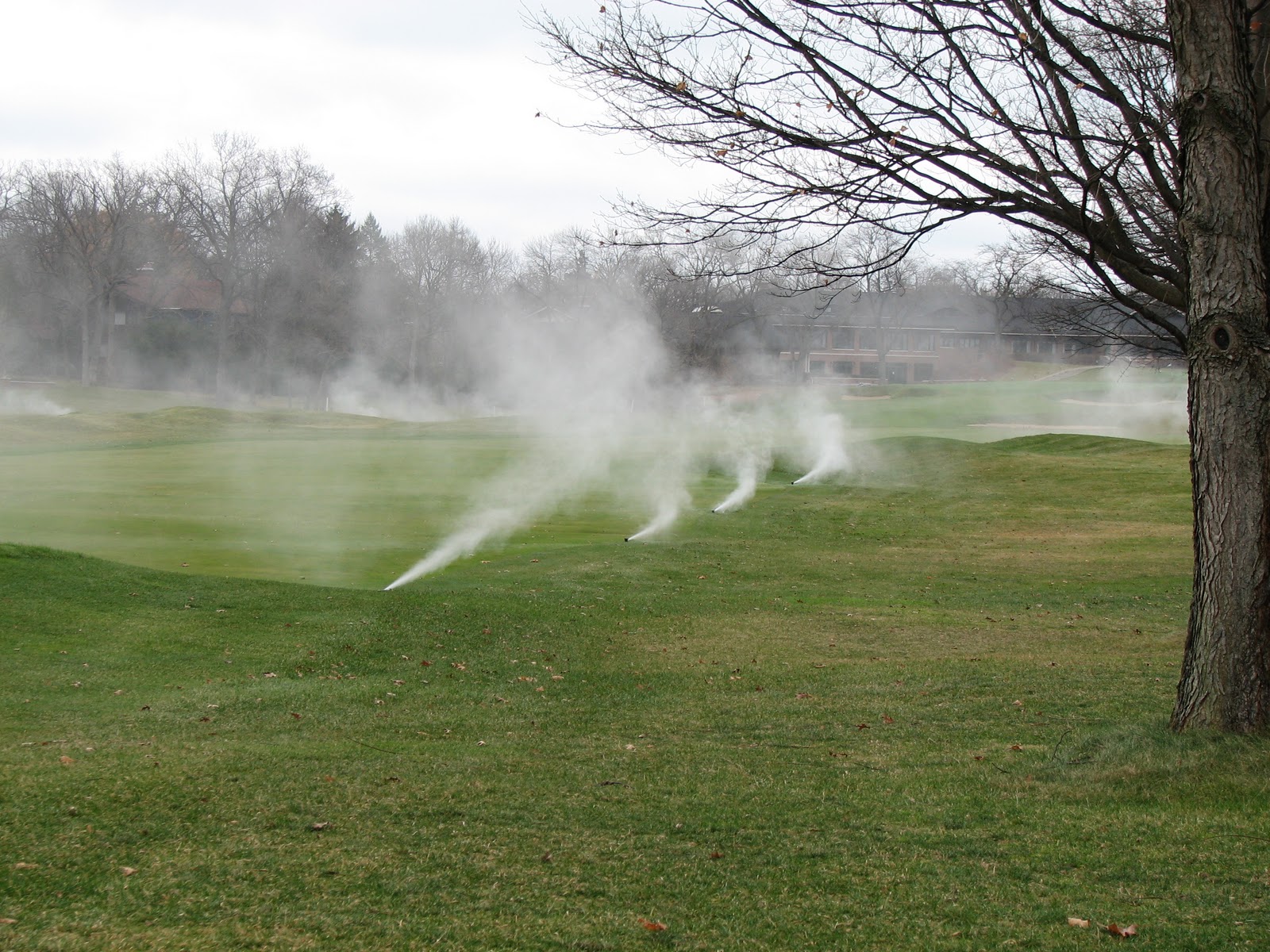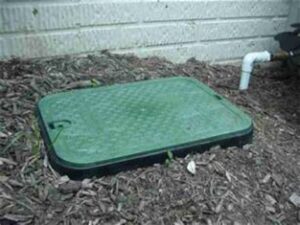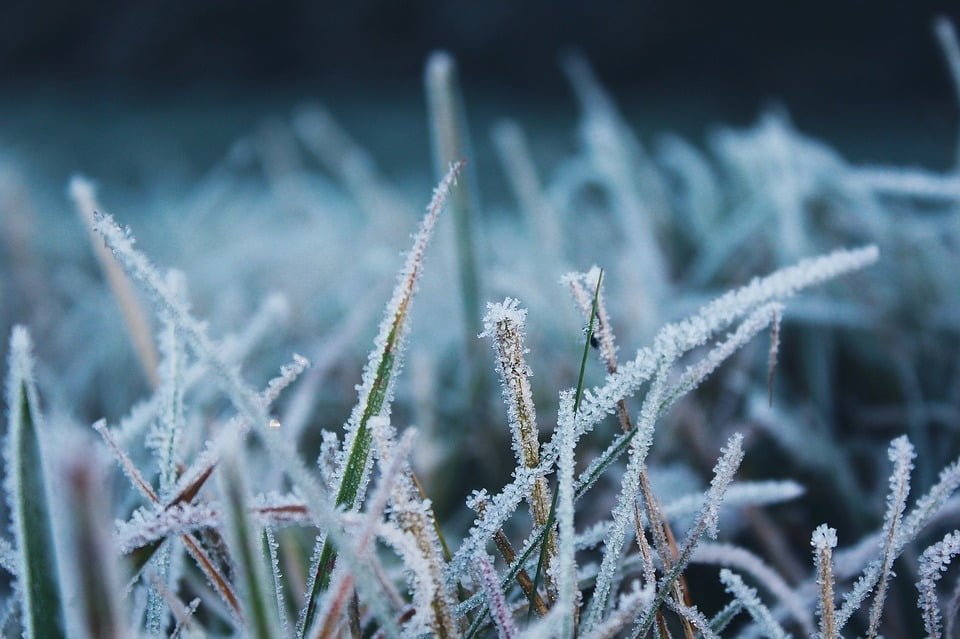Cowboy Lawn and Sprinkler: Spring Sprinkler System Start-Up Guide
Preparation Steps:
- Check the Weather Forecast:
- Ensure no risk of frost in the upcoming days. We recommend starting your system in April or May, but be prepared to occasionally turn off your water or drain it overnight during this period.
- Inspect Your Sprinkler System:
- Conduct a visual inspection of all sprinkler heads, valves, and pipes for damage or obstructions.
- Clear away debris or dirt that could block the sprinkler heads.
- Gather Necessary Tools:
- Keep a flathead screwdriver and pliers ready for any minor adjustments.
Closing the Backflow Prevention Device:
- Locate the Backflow Prevention Device (PVB):
- Find the brass and copper assembly, usually shaped like a bell, with pipes leading to and from it. Valves should be in the winter position, at a 45-degree angle.
- Close the Test Cock and Isolation Valves:
- Locate the two isolation valves on the device. Turn each clockwise no more than ¼ turn to close. A closed valve handle is perpendicular to the pipe.
- Use a screwdriver to close the test cock valves near each isolation valve. Turn the screw top to align the line or groove perpendicular to the valve opening.
Turning On the Water Supply:
- Locate the Main Sprinkler Water Valve:
- Find the main valve, often in a basement, utility closet, near your water meter, or where the main water line enters your house.
- Slowly Open the Main Valve:
- Ensure the drain next to the main valve is closed and not leaking.
- Gradually open the main valve to prevent a surge of water pressure.
- Check for Leaks:
- Inspect for leaks as water flows into the system.
- Listen for water flow stopping at the backflow prevention device. If it continues after a minute, turn off the valve and check for open drains or breaks.
- Open Backflow Prevention Device and Charge System:
- Open the isolation valve closest to the main sprinkler valve. Water splashing from the PVB is normal but should stop quickly. Ensure test cock valves are fully closed if there’s spraying.
- Open the second isolation valve. Water may initially come out of the PVB until pressure stabilizes. Continuous leakage indicates an open drain, zone, or valve.
System Inspection:
- Activate Each Zone Separately:
- Turn on each zone manually or via the control panel.
- Ensure each sprinkler head operates correctly, popping up and distributing water evenly.
- Adjust Sprinkler Heads:
- If necessary, adjust the heads for proper direction and range using a screwdriver and pliers.
- Inspect Control Panel Settings:
- Verify the control panel’s date and time settings. Adjust the watering schedule for spring conditions.
Finishing Up:
- Check for Overwatering Signs:
- Look for pooling water or runoff after running each zone, indicating overwatering.
- Final Walkthrough:
- Conduct a final check to ensure all zones work correctly without leaks.
Reminder:
- Regular maintenance is key for efficient system operation. Periodically check for leaks, broken heads, or irregularities.
Follow these steps for a smooth sprinkler system start-up this spring. Contact Cowboy Lawn and Sprinkler for any issues or professional assistance.
.








